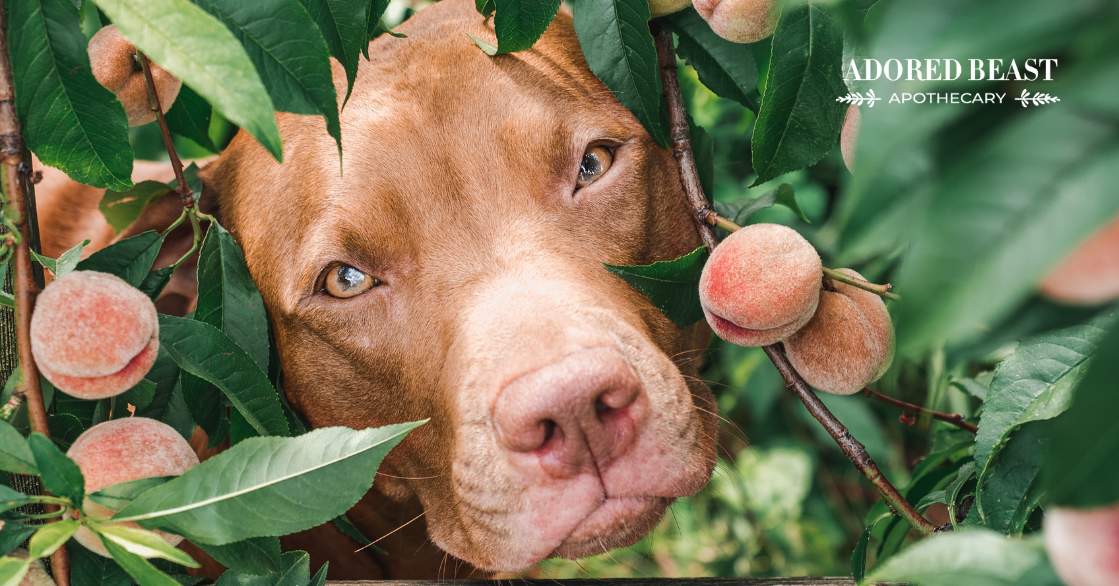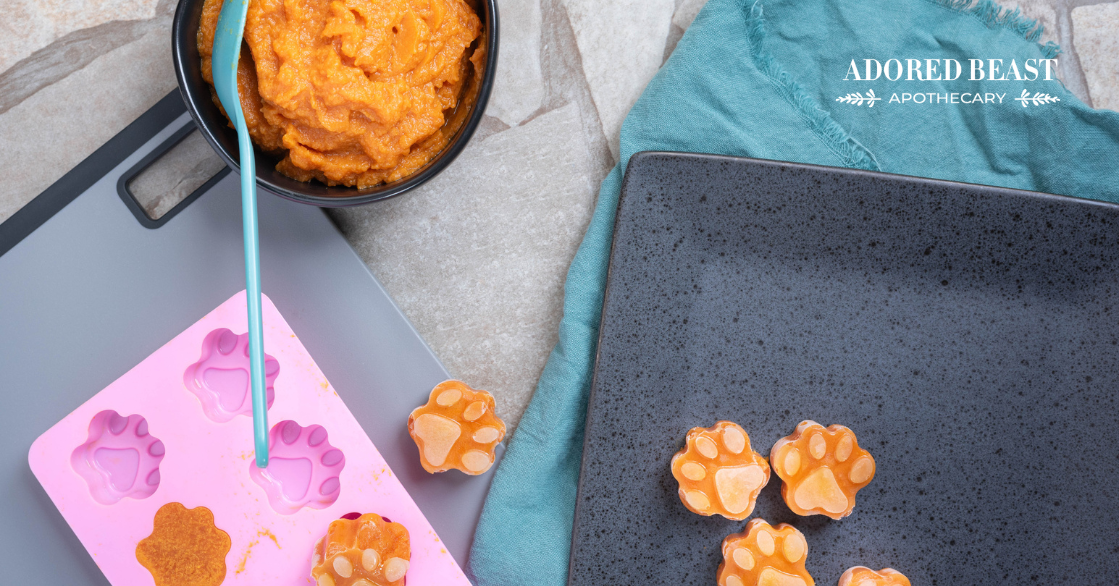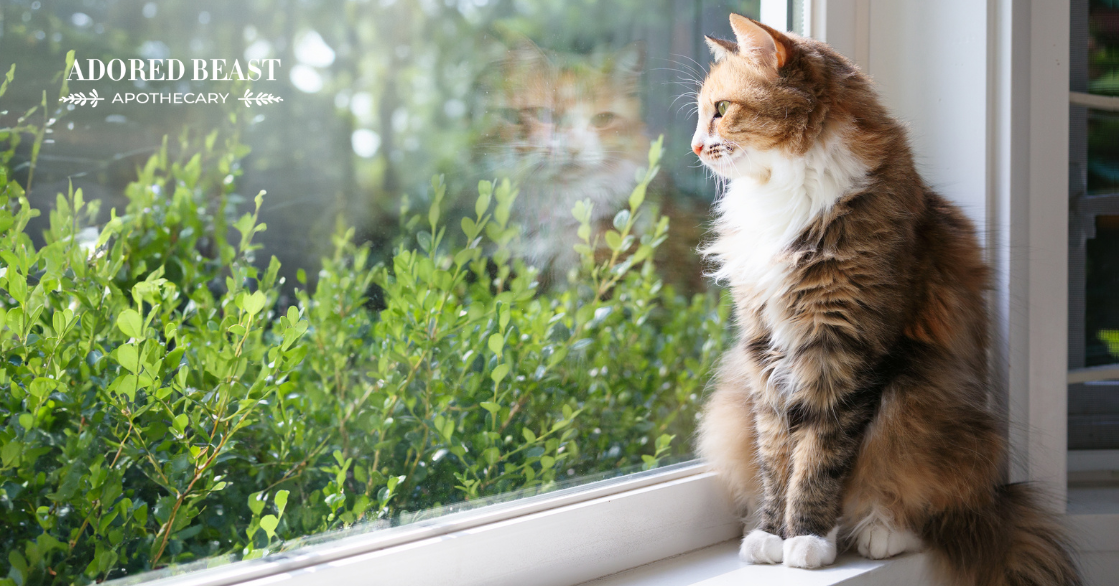We all love our pets, and it’s our responsibility to try and provide the very best to ensure our cats live long, healthy, happy lives.
But sometimes it can be easy to forget about the threat of disease when our cats seem healthy. We carry on without worry until something springs up. And this couldn’t be more true than when we’re talking about our cats’ joint health.
By focussing on joint health from the very beginning, our cats stand a much better chance of having healthy joints for longer. Perhaps we can even help prevent arthritis from taking hold as they grow older. After all, an ounce of prevention is worth a pound of cure. It’s much, much easier to stop a health condition from happening in the first place than it is to correct it after it has taken hold.
Today, we’re talking about the very real ways that you can work on providing proactive joint support for cats. There are so many different ways to protect those joints!
Common Joint Issues in Cats
Feline arthritis is what most people think about when they think about joint issues. And that makes sense, since it is very common, likely impacting between 70% and 90% of cats over 12 years old.
Arthritis can occur for a few different reasons. Genetics may play a role, and this type is most associated with aging. Other times injuries can be the cause, including:
- Ligament injuries (such as an ACL tear)
- Injuries caused by immune-mediated diseases
- Trauma to the joint
- Injuries caused by an infection
Arthritis progresses due to the nature of the joint itself. After an injury, the cartilage releases enzymes within the joint that cause further breakdown of the cartilage and collagen, resulting in more inflammation.
Other joint issues can include:
– Arthritis of the spine – particularly common in kitties but can go misdiagnosed as constipation, urinating over the box
- Patellar luxation
- Hip dysplasia
All of these can cause significant pain to our kitties.
Signs of Pain
Some cats with joint pain may not show any obvious signs – we know cats are experts at hiding their pain. Some obvious signs include:
First signs are often:
- Hiding or sleeping way more
- Not wanting to be groomed/difficulty grooming
- Sleeping in unusual places/changes in sleeping
- Limping
- Swollen joints
- Muscle wasting
- Hesitant to jump or play
- Decreased energy
- Changes in posture
- Changes at the litter box
If you notice these symptoms, it’s always a good idea to speak with your trusted veterinarian.
Whatever the cause of the pain, it’s essential to be proactive and provide as much joint support for cats as possible.
So, how can you do that? We’re so glad you asked!
5 Tips for Proactive Joint Support for Cats
1. A Balanced Diet
Proper diet is massively important when it comes to supporting your cat’s joints. We can’t stress enough the value of a species-appropriate diet here. Raw meat (muscle meat, organ meat, and bone) delivers so much as far as nutritional support – the protein, the amino acids, and the essential vitamins and minerals all cats need for healthy joints.
These are some other healthy additions that feed joint health for cats:
- Calcium – Raw milk and digestible bone (chicken and duck necks are awesome) are two great sources of calcium.
- Magnesium – Beef and chicken are good sources for cats
- Bone Broth – Bone supports bone, and bone broth is chock full of valuable collagen. It’s easy and inexpensive to make! Here’s our recipe! A 1/2 to 1 tablespoon is plenty for kitties
- Eggs – Raw eggs, WITH the eggshell membrane, are great for joint health. Eggshell membranes (that’s the lining of the eggshell) is a natural source of collagen, glucosamine, chondroitin, hyaluronic acid, and calcium – nutrients that are essential for maintaining healthy joints.
- Antioxidant-rich foods – Free radicals can cause cartilage damage, and such damage can cause joint issues over time. Antioxidants can help reduce that cartilage damage, thereby reducing pain and inflammation. Phytoplankton is a really good one to reach for.
2. Joint-Supportive Supplements
Along with a balanced species-appropriate diet, there are many other things you can add to help target joint health for cats.
- Omega 3s – Omega 3 fats, especially DHA and EPA, are best known for their anti-inflammatory and immune-modulative properties. Those anti-inflammatory properties help in the prevention of arthritis and support with the pain relief.
- Phytoplankton – Phytoplankton supplies complete nutrition with trace minerals, chlorophyll, essential amino acids, omega 3s, protein, carotenoids, vitamins, and the powerful antioxidant SOD (superoxide dismutase), all on its own! It’s a natural superfood. It can be a powerhouse addition for proactive joint health for cats.
- Medicinal Mushrooms – Several different medicinal mushrooms, turkey tail for example, contain active ingredients that target joint health. The anti-inflammatory properties of the turkey tail mushroom also help reduce pressure on the joints and swelling that causes pain.
- Glucosamine, Chondroitin, and MSM – These are natural components of cartilage and synovial fluid. They play a role in cartilage synthesis, maintenance, and repair and are often used for joint-related pain – just be careful, they can cause stomach upset in some sensitive bellies. Since many cats do NOT like the taste, start with hardly a sprinkle. It’s dangerous for cats to go off their food – even for 24 hrs if they are big cats – so start slow and don’t force it on them.
- Homeopathy – Our Jump For JOYnts is amazing for cats! Probably the best thing is they don’t mind the taste and has zero side effects and you can use as as needed with no worries of over dose !
3. Proper Exercise
All cats need exercise. The body needs to move to keep those joints (and all the connective tissues) strong and mobile. It also plays a major role in helping your animal maintain a healthy weight – something we’ll talk more about later.
Plus, it helps keeps the brain limber!
Play games with your cat, take them for walks, get them a cat tree that they can climb, build them an outdoor enclosure that they can explore. Anything to get your cat moving can be good.
Get them a play mate the same age (never get a kitten for an older cats)! Cats are often really board and lonely especially if you work away from home.
Just remember, as cats age their abilities change – so don’t overdo it!
4. Maintain a Healthy Weight
Your cat’s weight can play a role in the development of joint issues over time, so it’s really important to keep an eye on it and work to maintain a healthy weight. This is true of all ages, but is particularly important as our cats get older. More weight on the body means more stress on the joints. The body has to work harder, and that isn’t a good thing.
Obviously exercise is important here, and you want to make sure you’re giving your cat ample opportunity to burn off energy.
Watching food intake is also a no-brainer. If your animal is taking in far more calories than they burn off, that will inevitably lead to weight gain (just as it does with humans). Too many treats, processed food, even just too much food in general can all lead to obesity. Watching your pet’s weight and feeding to maintain a healthy weight is a great way to start. Saying that, dry cat food often has grain or inappropriate proteins like pea or potato starch, which packs on the weight with a very little amount on top. It’s processed and has minimal – if any – antioxidants and no whole food nutrition, and is hard on their kidneys (can you tell we are not fans of dry food on any level with cats?).
If your animal is overweight, starving them is not the way to go. You can’t fast kitties!! You have to go slowly. They don’t understand, so you have to keep that in mind. If you’re decreasing calories, increase their chew time. Some cats will chew on bones – but that has to be added in the calories. Bones are great for their teeth and chewing gives them something to do. Give them appropriate bones so they’re at least doing something (like us chewing gum when we’re hungry and trying not to eat). Choose small bones like chicken necks and make sure they need are chaperoned.
Always put yourself in your cat’s shoes – if you’re dieting, what makes you feel stressed or content?
But food and exercise are not the only things that impact your pet’s weight. Other things to consider (and support), for overall joint support for cats include:
- Gut Health – The mucosal lining of the gut plays a major role in several metabolic processes, such as insulin sensitivity, glucose intolerance, fat storage, and appetite (talk about a connection to obesity!). Give the gut some love with probiotics, herbs and minerals that aid in the healing of the gut lining, such as slippery elm, marshmallow root, deglycyrrhizinated licorice, and fulvic and humic acid, and stay away, as much as you possibly can, from drugs and antibiotics – they destroy all gut bacteria – good and bad! Rotating in Feline Gut Soothe, Felix’s Flora, and Easy Peesy can be helpful here!
- Stress – Stress elevates cortisol levels in the body, which leads to weight gain. Chronic stress, due to household stressors, boredom, a lack of exercise and healthy stimulation and pack/family time leads to chronic increased cortisol. This also includes some forms of fasting and decreasing calories too quickly. Keep stress in check as much as you can. Remember you should not fast cats!!! Nor can you switch their food too fast, change them to raw to quickly, or take the “you will eat if you are hungry” attitude. This can become a tragedy very quickly as cats can easily get hepatic lipidosis (fatty liver syndrome) from not eating, which can be fatal.
[NEXT UP] Cat and Dog Obesity: It’s Not Just About Your Animal’s Diet
5. Support the Muscles
When it comes to joint support for cats, it’s vital to pay attention to more than just the joints. The rest of the body plays a role in supporting the joints, but the holistic approach all too often gets forgotten about.
The muscles form an integral part of that. They prevent all the weight from being solely supported by joint and bone. Unhealthy muscle tissue leads to increased wear and tear, leading to earlier deterioration inflammation and arthritis.
Every muscle in your cat’s body has an interwoven connective tissue that attaches the muscle fibres and bundles together. This connective tissue, which looks like steak gristle in large bundles, is composed of collagen strands that give it a tremendous ability to withstand pulling or longitudinal strains. It also has limited elasticity, which allows it to stretch while still holding the tissues together. Without the connective tissue holding the muscles together, your furry friend would lose his strength and the ability to move his bones or support his frame.
It’s important to understand that if you’re giving supplements to just support the joints and not the muscles, ligaments, cartilage and tendons, you’re missing the mark!
To support the muscles to in turn provide joint support for cats, adding the following vitamins can be highly beneficial:
- Vitamin C – Found in raw meat
- Vitamin B – Eggs and lean meats are both high in vitamin B
- Vitamin D – Make sure to spend lots of time outside in the sunshine with your cat, and add beef liver, raw milk, and egg yolks to the diet
- Vitamin E – Hemp seed is high in Vitamin E but should only be given in raw fed cats
With a little thought and dedication, we can all provide those delicate joints with some extra TLC. Doing so will help protect not only joint health for cats, but overall health and quality of life in general. And that’s always something we can stand behind!












